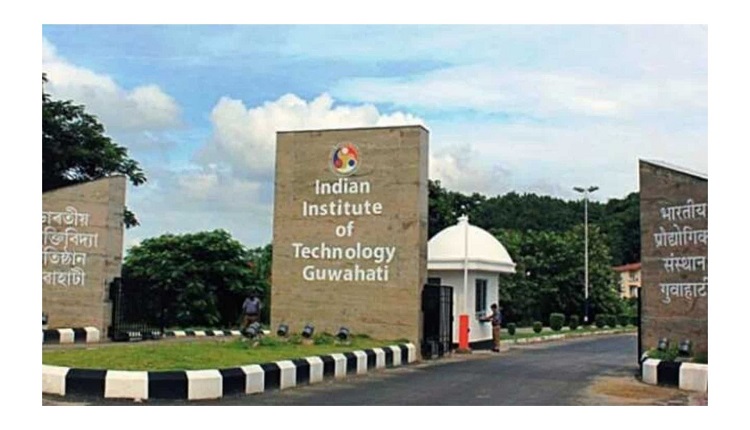Triboelectrification for biomechanical energy developed by IIT Guwahati through harvesting device applications by breathing
Analysts from the Indian Institute of Technology Guwahati, and Daegu Gyeongbuk Institute of Science and Technology (DGIST), South Korea, have created ferromagnetic nanocomposites to be used as a positive triboelectric layer in triboelectric nanogenerator (TENG) reasonable for energy reaping gadget applications to collect biomechanical energy from breathing (breathe in and breathe out) during standing, sitting, and twisting positions.
Considering the bountiful biomechanical energy in our day to day routine and its omnipresent nature delivered during human exercises, the manufactured TENG gadget helps gather the biomechanical energy to control up low-power hardware.
The consequences of such clever methodology work have as of late been distributed in Nano Energy (https://doi.org/10.1016/j.nanoen.2021.106662) and Materials Letters (https://doi.org/10.1016/j.matlet.2021.131644), profoundly presumed diaries in the space of materials science, and a couple of additional intriguing outcomes are under correspondence.
With this association, energy transformation gadgets like nanogenerators could actually tackle inactive energy from wind, water waves, and biomechanical energy. The nanogenerators are by and large sorted into electromagnetic, piezoelectric, pyroelectric, triboelectric, and so on, contingent upon the energy transformation usefulness and usefulness with numerous applications like bio-advanced mechanics, guard, wearable hardware, miniature electro-mechanical frameworks, nano-electro-mechanical frameworks, and so forth.
Among these frameworks, the triboelectric nanogenerator has arisen as an eco-accommodating energy gatherer for self-controlled applications, in which the triboelectrification is answerable for producing the surface charges when two surfaces showing different work capacities come in touch or contact with one another.
In the interim, Professor Perumal Alagarsamy, Department of Physics, IIT Guwahati said, “The above outcomes affirm the abuse of ferromagnetic nanocomposites as certain triboelectric layers and the augmentation of triboelectric series.
“Moreover, considering the enormous change in the attractive properties of the nanocomposite after applying the applied attractive field, it might further develop the TENG power yield execution, which is at present being scrutinized for additional improvement.”



